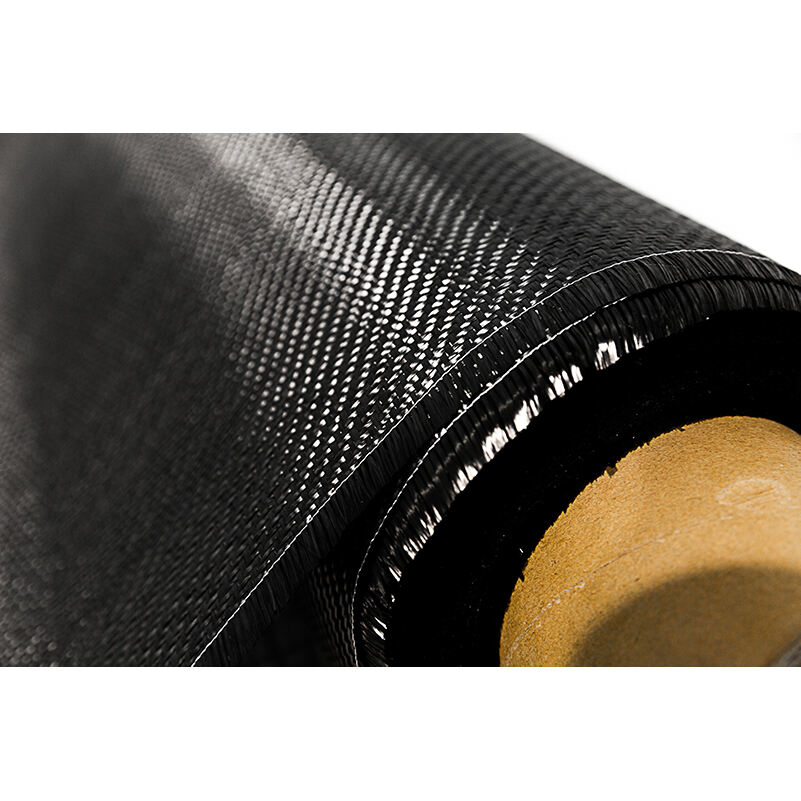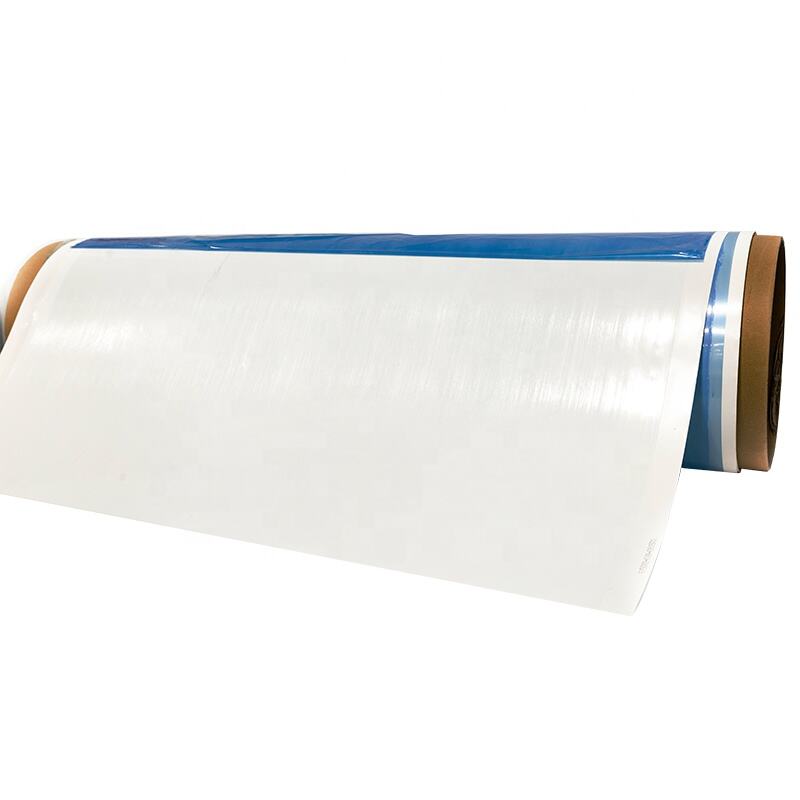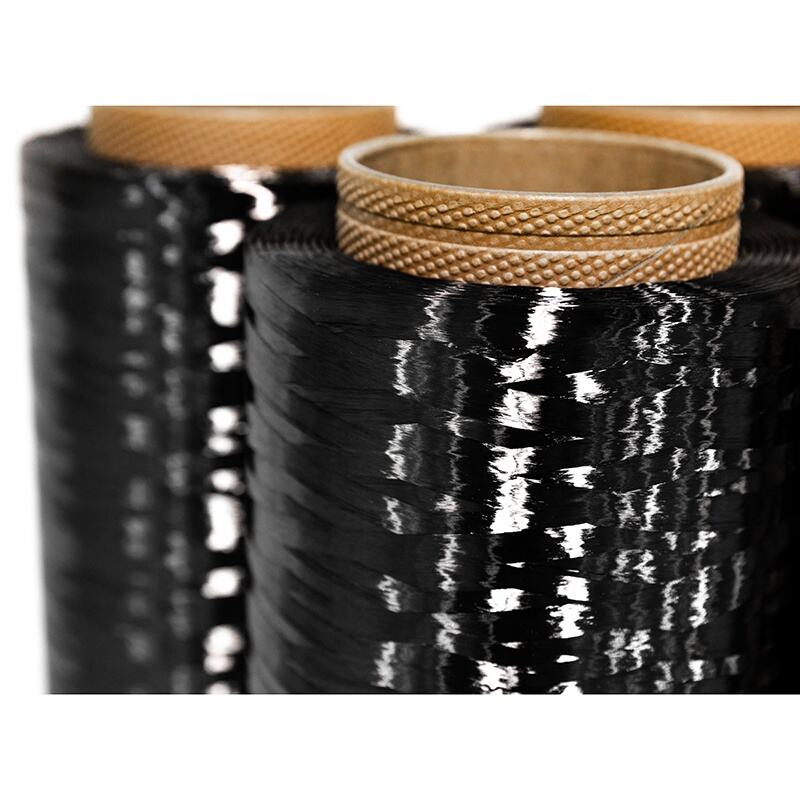carbon cloth price
Carbon cloth price represents a crucial consideration in various industrial and commercial applications, reflecting the material's exceptional properties and manufacturing complexity. This specialized textile, made from carbon fibers, offers remarkable thermal conductivity, electrical conductivity, and chemical resistance, making it invaluable across multiple sectors. The price structure typically varies based on factors such as fiber quality, weave density, surface treatment, and production volume. High-grade carbon cloth, designed for aerospace and military applications, commands premium prices due to stringent quality requirements and specialized manufacturing processes. Commercial grades, used in automotive and industrial applications, generally fall into a more moderate price range. The market also offers varying weights and thicknesses, each with corresponding price points reflecting their specific applications and performance characteristics. Current market trends show a gradual decrease in carbon cloth prices due to improved manufacturing efficiency and increased competition, though premium grades maintain their higher price points due to specialized production requirements and quality assurance processes.


